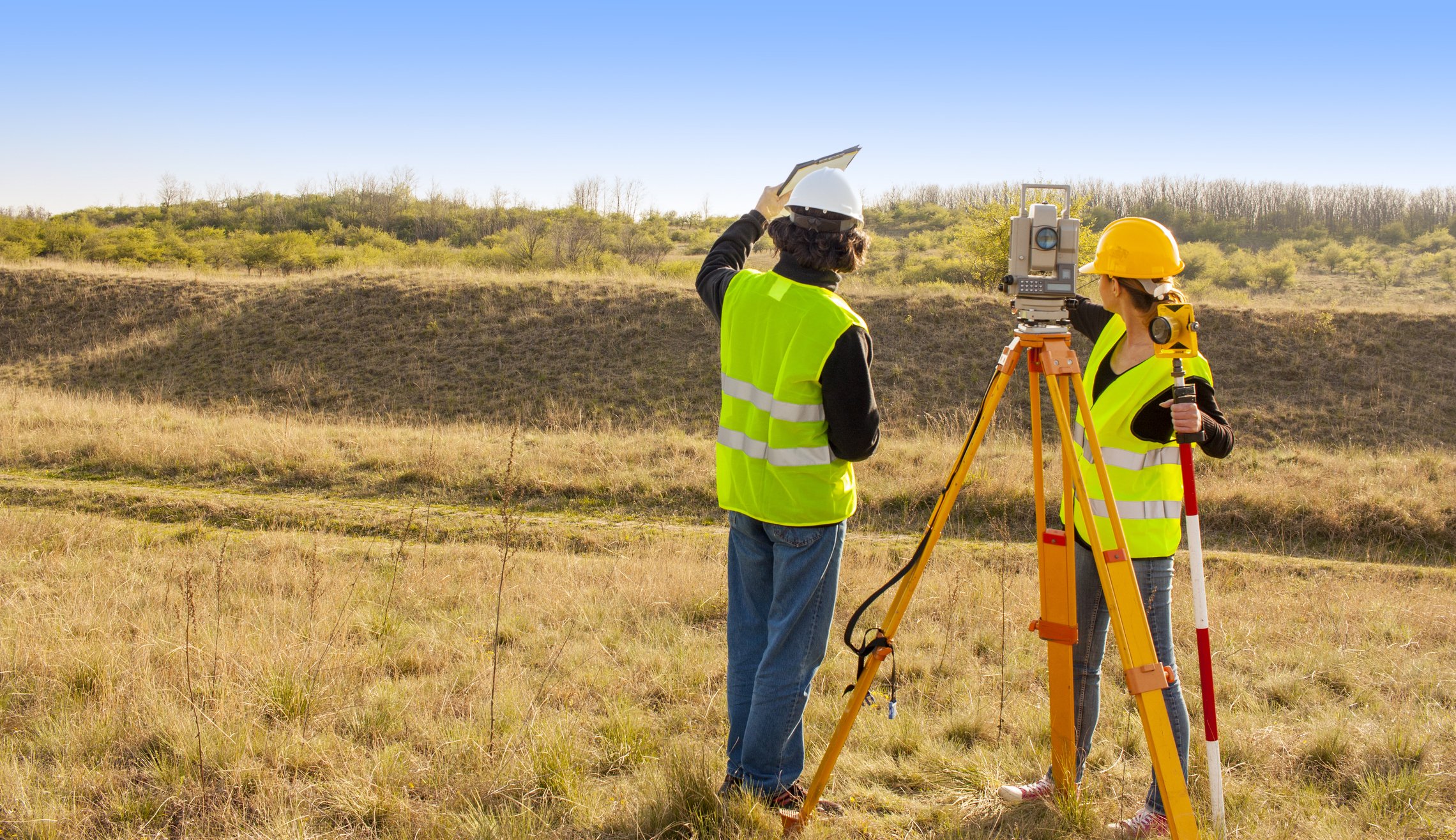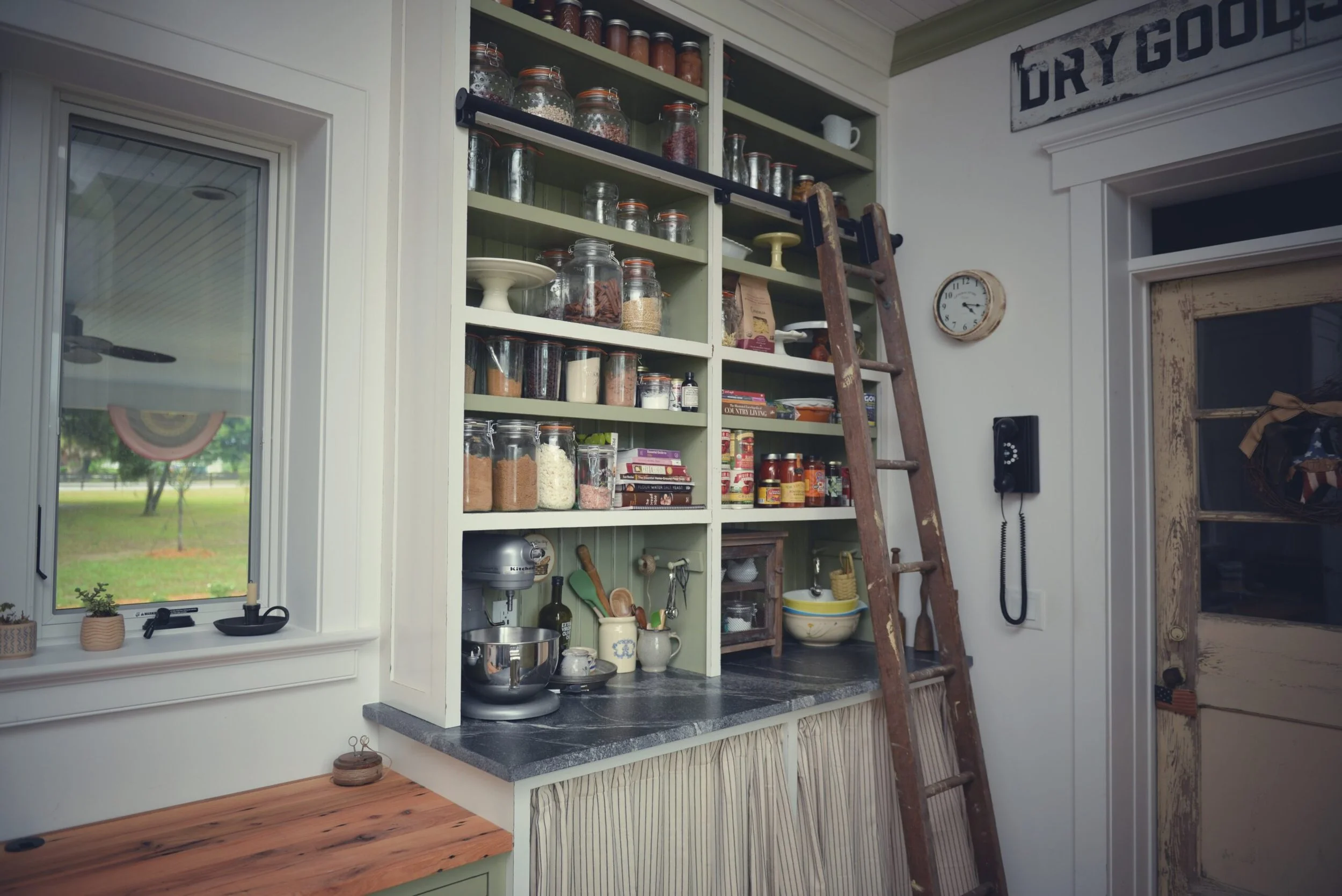Homesteading Plans
A Comprehensive Guide
Discover > Homesteading > Homesteading Plans: A Comprehensive Guide
Homesteading is quickly becoming a popular lifestyle choice for many people who want to become self-sufficient and independent. Homesteading involves growing your own food, raising livestock, preserving food, and using alternative forms of energy.
Planning for a homestead can be overwhelming, but it is an essential part of the process. This guide will provide you with a comprehensive overview of brainstorming layout ideas and planning pantry and storage space for your homesteading plans.
Brainstorming Layout Ideas
One of the first things you need to do when planning for your homestead is to brainstorm layout ideas. The layout of your homestead will determine how efficient and productive your farming practices will be. Start by drawing out your homestead layout ideas on paper or using a digital format.
Consider the location of your house, garden, livestock area, tool shed, compost bin, chicken coop, and any other structures you may need. You can also use online garden planning tools to create a more organized and detailed layout.
Make sure to consider the natural features of your land when planning your homestead. Is the soil rocky or sandy? Does it receive a lot of sunshine or shade? These factors can affect what you can grow and where you can build structures.
Try to focus on creating functional and practical spaces on your homestead layout that will make your life easier, such as easy access to water sources, food storage areas, and a comfortable living space.
Get An Official Survey
The first step to summarize your homesteading plans is to know the boundaries of your land. Getting an official survey will help you know precisely where your property starts and ends. That information is essential when you want to make amendments to the property, construct new structures, or plant crops.
Moreover, you have to get to know your soil and test it. Soil testing helps because different plants require different PH levels and nutrients. Getting your soil tested will help you know the best crops for your soil.
Define Your Goals
The next step is to have a clear and defined goal. You need to know what you want to accomplish and outline it. Your objectives can be having a garden, keeping some animals, or running a farm. It’s important to make some financial arrangements, as well.
Start figuring out how much money you need to implement your plan and if you have enough money currently. You can start investing in more durable equipment and looking for good deals on supplies in these situations.
Prioritize
It is essential to prioritize your homesteading goals. Consider which things are necessary and which things can wait. Once you know what your homestead plans are, prioritize them.
What’s most important to you, and what can wait? By doing so, you can realistically plan for your homesteading journey, and you can accomplish your goals within a reasonable timeline.
Design a Floorplan
Designing a floor plan is a critical part of homesteading. The floor plan shapes your homesteading lifestyle. A good homestead floor plan should be suitable for your family size, lifestyle, and homesteading activities.
When considering a floor plan for your homestead, you need to consider the following things:
• The number of bedrooms and other indoor spaces your family will need
• The space you'll need for homesteading activities
• The location of outdoor spaces like a garden, barn, and livestock areas
Remember to stay flexible and adaptable when designing your floor plan. A good floor plan should accommodate changes in your homesteading needs over time.
Plan Pantry and Storage Space
Planning a pantry and storage space is an essential part of your homesteading plans. You will need to store food, seed, and tools, and a well-organized pantry and storage area will help you keep everything in its place. Start by assessing how much storage space you will need.
Consider factors such as the size of your family, the type of food you plan on growing and preserving, and how much space you will need for tools.
Invest in sturdy storage containers such as mason jars and plastic bins for long-term food storage. Also, make sure to label everything clearly and date it accordingly. You can also install shelves and cabinets to help organize your pantry and storage space.
Try to keep your pantry and storage space as dry and cool as possible to help prolong the shelf life of your food and prevent spoilage.
Plan a Utility Space
When it comes to homesteading, utility space is an essential aspect. It is a designated area where all your homesteading activities take place. Whether it's cooking, canning, or gardening, you should have a dedicated space to carry out these activities.
Start by analyzing your current needs and future goals for your homestead. This will help you determine the size, location, and design of your utility space. Ideally, your utility space should have access to electricity, water, and drainage.
When planning your homesteading utility space, it is essential to consider storage needs. This space should have enough storage areas for tools, equipments, and supplies. Consider organizing your utility space by function. For example, gardening tools in one area, canning supplies in another.
Budget and Financing
Financing your homesteading project is crucial. Plan your budget accurately so you don't run out of funds halfway through the project. Start by calculating the total cost of the project, including any necessary purchase and long-term costs.
When it comes to homesteading plans financing, a lot of options exist. From savings accounts to personal loans to crowdfunding campaigns, choose the financing option that makes the most sense for your financial situation.
List all the expenses you need for homesteading, such as building materials, livestock, and equipment. Then, prioritize your expenses based on needs and wants. For example, you may need a barn for your livestock, but you can wait a few months to get your outdoor kitchen.
Legal Considerations
Before beginning your homesteading journey, familiarize yourself with any legal aspects associated with homesteading. Here are a few considerations:
• Zoning and permits – Be aware of local zoning laws and regulations. If your homesteading plan requires you to make modifications to the property, you'll need a permit or approval from the local authorities.
• Tax implications – When you use a portion of your property for homesteading activities, you may be eligible for tax breaks.
• Insurance coverage – You may need to consider additional insurance policies for your homestead activities.
Seek Help
It’s vital to seek help when needed. Homesteading can be challenging, and you may not have all the knowledge or expertise required to get things done. Don’t hesitate to ask for advice or seek out other homesteaders in your area to get their insights.
Homesteading is a community, and you’ll find that most homesteaders are more than willing to share their knowledge and help others.
Plan Indoor Spaces for Homesteading Activities
One of the most important steps in your homesteading plan is to identify the indoor spaces you need. Consider the activities you plan to do inside your homestead, such as cooking, sewing, or DIY projects.
Depending on your needs, you may require a larger kitchen for food storage and preparation, a separate room for crafting and sewing, or a dedicated workspace for carpentry.
Consider the existing structures in your home and how you can repurpose them to suit your needs. For instance, if your basement is rarely used, you can convert it into a space for food storage or brewing beer. If you have an unused guest room, you can repurpose it into a craft room or a home office.
Plan Outdoor Spaces for Homesteading Activities
Homesteading also involves many outdoor activities, so it’s essential to have an outdoor space plan. You need to consider the types of activities you plan to do, such as gardening, raising livestock, and recreational activities.
You may need an outdoor space for planting vegetables or fruits, so you’ll need to plan a garden area. Based on your soil type and the climate in your area, you may need to choose suitable plants and trees for your garden.
For raising livestock, you’ll need to plan a barn or a coop. The size of your outdoor space will depend on how many animals you plan to have and how much space they need to live comfortably.
For recreational activities, you may need to plan a space for outdoor gatherings with friends and family. This could be an outdoor kitchen or a fire pit area.
Planning for Homesteading Education and Training
Homesteading involves a lot of new skills that you may need to learn, such as gardening, animal husbandry, and DIY projects. You will need to invest time and resources into learning these skills, either through books, online courses, or attending workshops.
Apart from learning new skills, you may also need to plan for emergency preparedness and first aid. Accidents can happen on the homestead, and it’s essential to know how to react in emergencies.
Conclusion
Homesteading is a fulfilling and rewarding lifestyle choice for those who want to become more self-sufficient and independent. Planning for your homestead is an essential part of the process, and it can be overwhelming at first.
Start by brainstorming layout ideas for your homestead and planning out your pantry and storage space. These two factors will help you create a functional and practical homestead that will be productive and efficient. Remember, homesteading is a journey, and it will take time to develop and grow. Enjoy the process and embrace the self-sufficiency that comes with homesteading.
#homestead garden #homestead layout #own food #self sufficient #fruit trees #small homestead #raised beds #homestead design #fully functional homestead #solar panels #completely self sufficient














